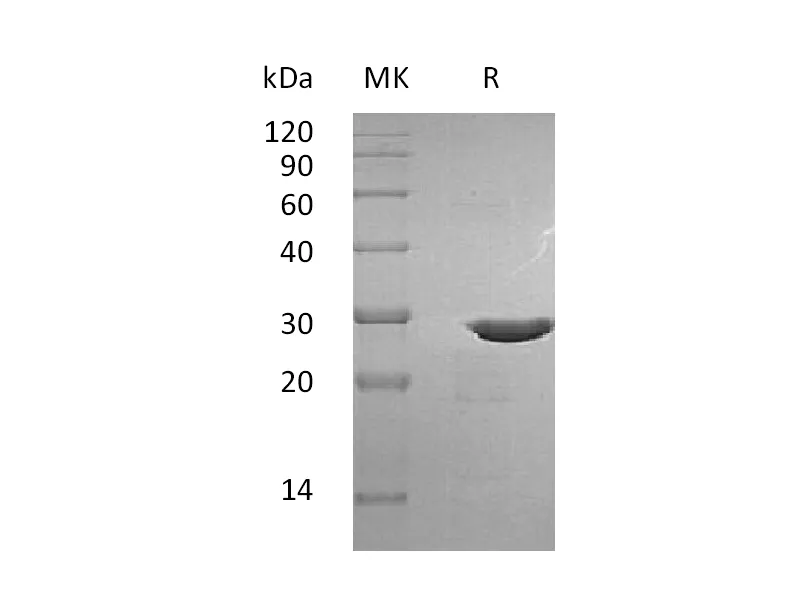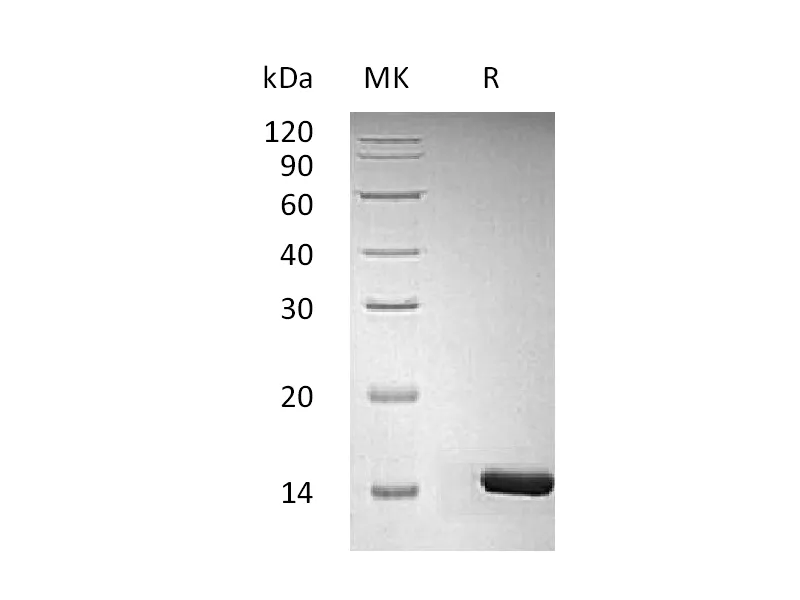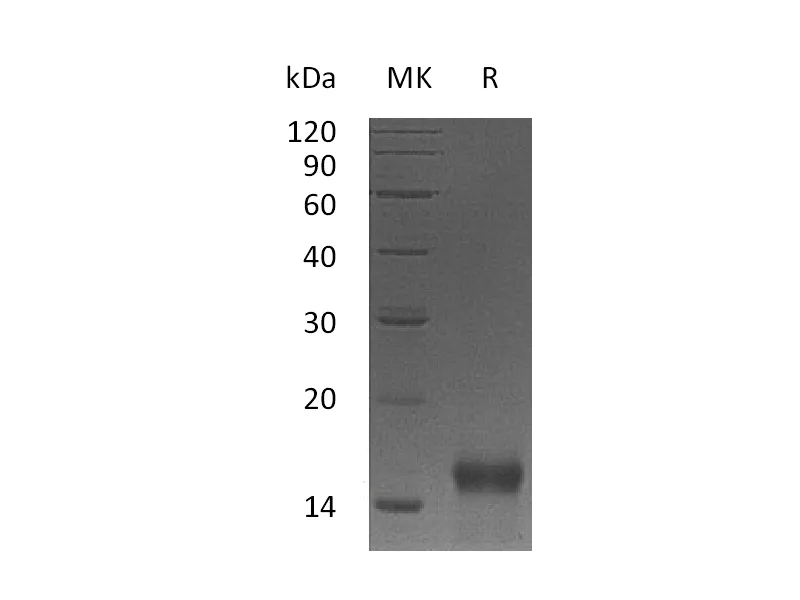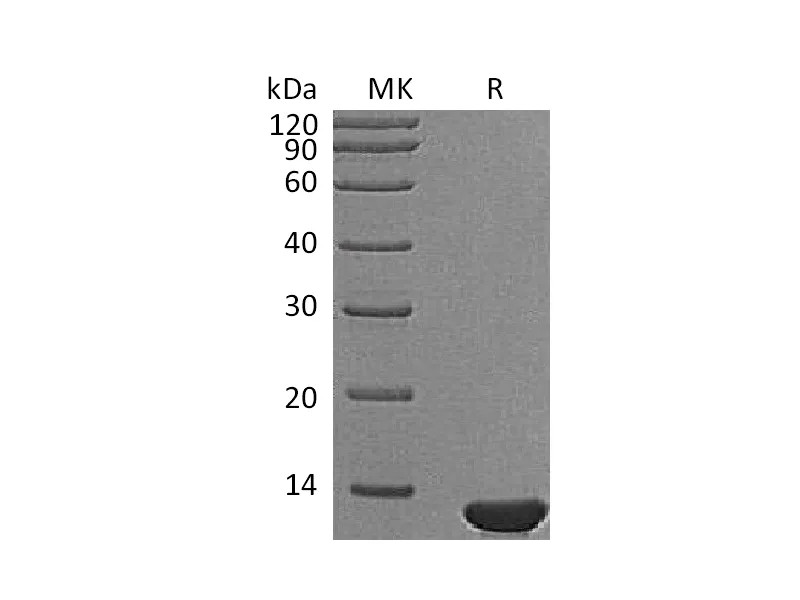Alternative Names
Insulin-Like Growth Factor-Binding Protein 4; IBP-4; IGF-Binding Protein 4; IGFBP-4; IGFBP4; IBP4
Background
Insulin-like growth factor binding protein 4 (IGFBP-4) is a 24 kDa protein that binds insulin-like growth factor 1 (IGF-1) and IGF-2 with high affinity and inhibits IGF action in vitro. All members of the IGFBP family can bind IGF-I and IGF-II with about equal affinity, but IGFBP-4 binds IGF2 more than IGF1. It contains IGFBP N-terminal domain and thyroglobulin type-1 domain. IGFBP-4 is induced by forskolin and N6, O2’dibutyryl sdenosine 3’, or 5’-cyclic monophosphate. The IGF-binding proteins can prolong the half-life of the IGFs and have been shown to either inhibit or stimulate the growth promoting effects of the IGFs on cell culture. They alter the interaction of IGFs with their cell surface receptors.
Note
For Research Use Only , Not for Diagnostic Use.




